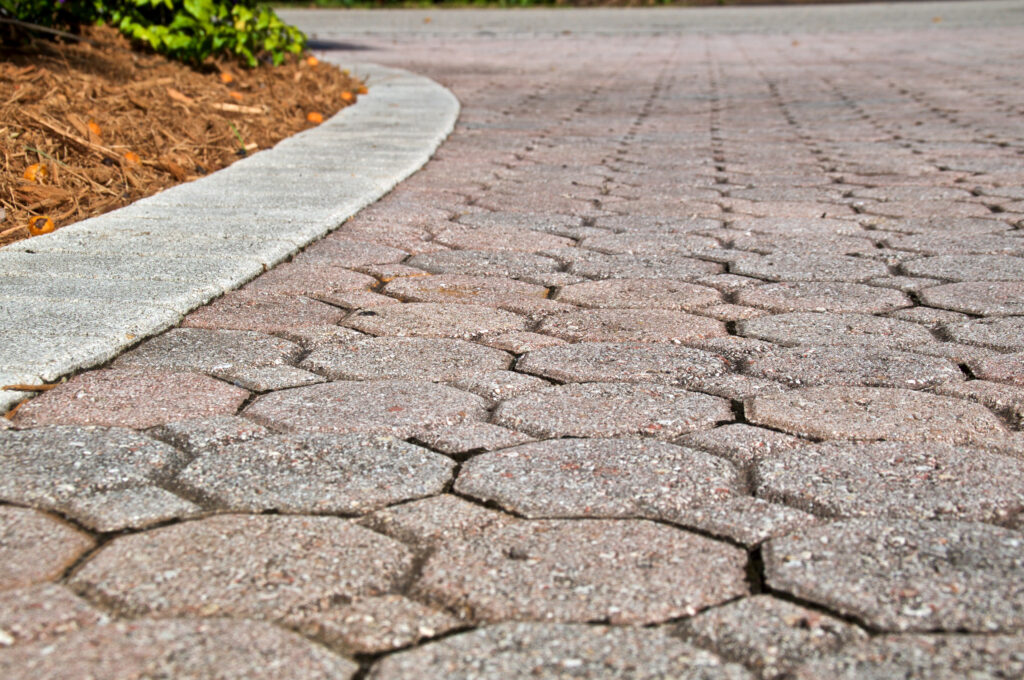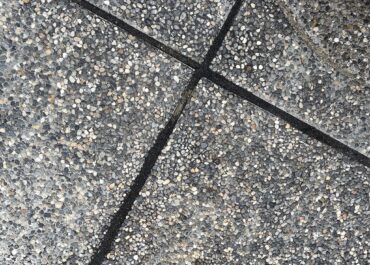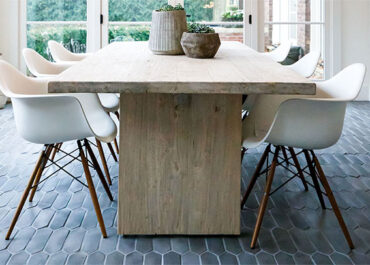
When planning any kind of project, measuring every inch of the area you’ll build on is more than crucial. After all, especially when it comes to pavers, you must know exactly (or at least on average) how many pieces are required, on minimum, to complete it. Although we recommend professional help in every step of the process, sometimes you want to take matters into your own hands. Nothing wrong with that, of course – most homeowners are just looking to buy a new pallet of pavers to replace their old ones. How to calculate square feet for pavers, then?
In this article, we’ll go over the precise calculations to find out how many pavers you need for your dream project! In case you’d like to see some of the available options, check out our online catalog here.
Paver sizes: what are they?
First of all, you should know that traditional pavers – including concrete, porcelain and brick – come in three natural sizes.
Small pavers are 0.2 square feet per unit, medium ones are 1 square foot per unit and large pavers are usually 1.7 square feet per unit. These numbers apply to most materials and brands on the general market, so keep them in mind when choosing your preference!
Needless to say, we’re not counting uneven shapes here, although the calculations below still pretty much apply to custom pavers. Heads up for specific designs, though – you should always account for a margin of error. Just make sure to get enough pavers to fill the whole space, even if the leftovers need to be stored later. All in all, you’ll still have an emergency supply for future maintenance, so don’t worry about wasting budget.

How to calculate square feet for pavers: step by step
Even though the exact number of paver units will vary depending on the material, there’s a formula that can be used in any conversion, as you can see next:
- Multiply the length and width of your worksite, in feet;
- Multiply the length and width of your paving stones, in inches;
- Divide the paver’s surface area by 144, converting it to square feet;
- Divide the total paving area by the paver’s surface area
The final number refers to how many paver stones you’ll need to cover each square foot of space. By the way, you should also include an additional 10% for loss and waste.
You may also like to read: How Many Square Feet Are in a Pallet of Belgard Pavers?
Base calculations to consider
Like we said, planning a project requires meticulous measurements and resources – which is why consulting an expert team is always the way to go. However, now that you know how to calculate square feet for pavers, maybe you’d like to take a step further into some installation techniques that might come in handy.
You see, the amount of base needed to ground these pavers depends on the project itself. Surfaces destined for light foot traffic, for instance, can be built over a 4-inch base, while driving areas will require a thicker 12-inch base to properly function in the long run.
With all of this in mind, here goes a formula to find out the volume of sand base for your pavers:
- In inches, divide the sand depth by 12 to convert to feet
- Multiply the surface area (from the first calculation) by the depth
- Divide it by 27 to convert to cubic yards
- Add those same 10% for possible waste
We’re done! Now it’s time to write everything down somewhere and take it to your nearest provider to purchase the right amount of resources without fuss. If you live near Sarasota, Florida, look no further than Eagle Pavers!
Acquire the pavers you need with us
As a branch of Eagle Stones, our experts have been in the hardscape industry for decades now. With trustworthy installation services and a vast pool of paver supply from all over the world, we can help you with anything you need!
In case you’re finding these calculations a bit difficult, don’t hesitate to contact us today. Apart from answering all your doubts, we can offer you a free quote on your dream project and much more.




